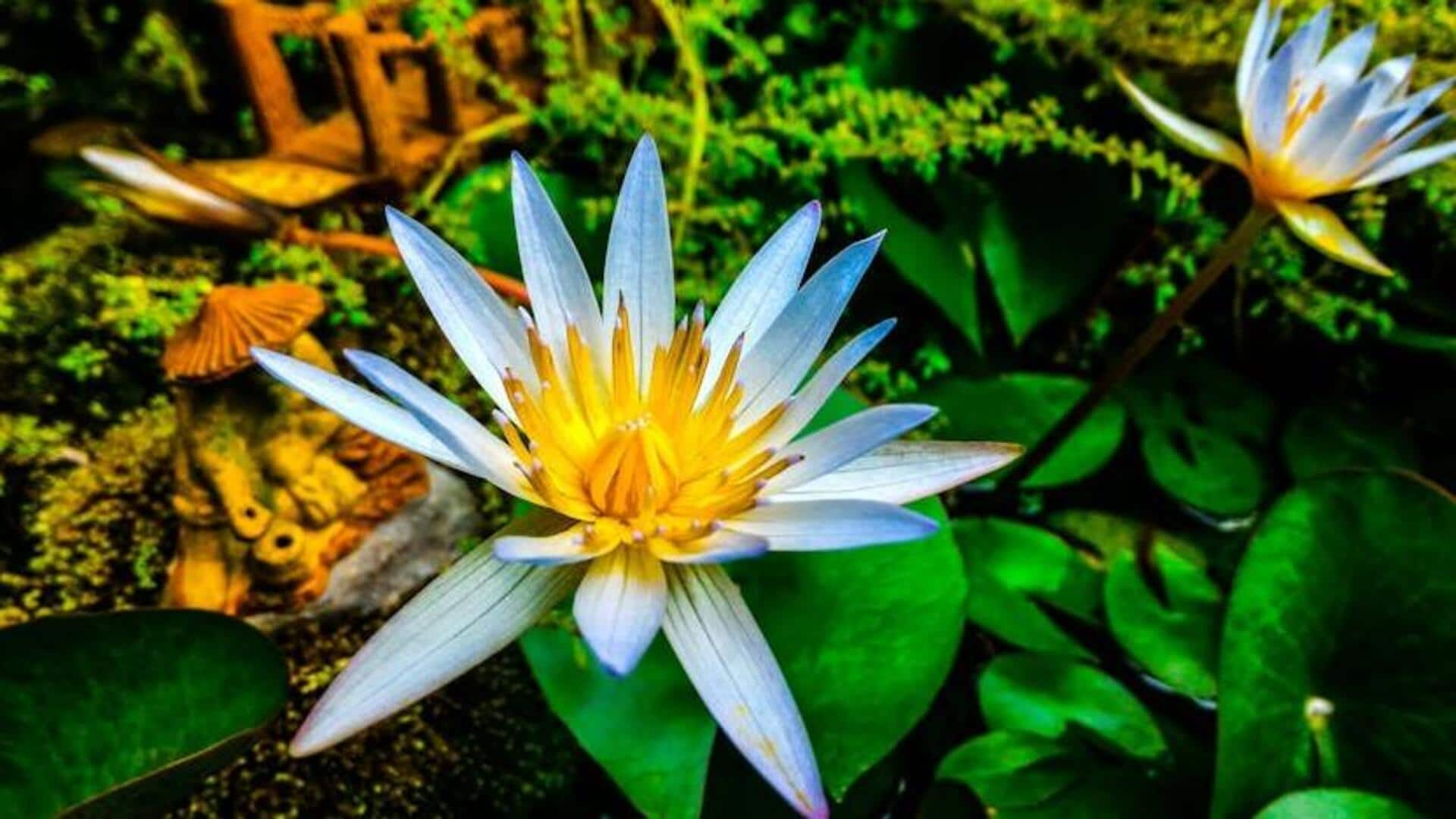
5 ways the Japanese cherish nature daily
What's the story
Japan has a deep-rooted relationship with nature, a bond that is an integral part of its daily life.
It's not just about enjoying a scenic view but also involves some unique practices that show respect and harmony with the environment.
Be it cities or countryside, these practices are seen in different aspects of Japanese culture.
Here are five surprising ways the Japanese cherish nature every day.
Forest bathing
Forest bathing: A natural therapy
Forest bathing, or Shinrin-yoku, is all about immersing yourself in a forest environment to feel better.
It involves walking slowly through forests, breathing deeply, and engaging all senses to connect with nature.
It reduces stress levels and improves mental health by promoting relaxation and mindfulness.
In Japan, many people integrate forest bathing into their routines as a way to escape urban stressors and reconnect with the natural world.
Ikebana
Ikebana: The art of flower arrangement
Ikebana is the traditional Japanese art of flower arrangement that focuses on simplicity and harmony of flowers with the surroundings.
Instead of regular floral arrangements that focus on volume or color alone, Ikebana emphasizes line, balance, and form with minimal materials.
Practitioners often use seasonal flowers to show how nature changes throughout the year.
This art makes you mindful by demanding meticulousness while appreciating natural beauty.
Zen gardens
Zen gardens: Creating tranquility at home
Zen gardens are beautifully crafted spaces with rocks, gravel, sand raked into patterns resembling water ripples or waves.
Also, there are carefully placed plants or mosses symbolizing islands or mountainscapes in larger landscapes like temples across Japan's countryside regions (like the Kyoto city area).
These are historically known for the beautiful temple grounds filled with these peaceful retreats.
Today, they're still frequented by many locals and tourists alike.